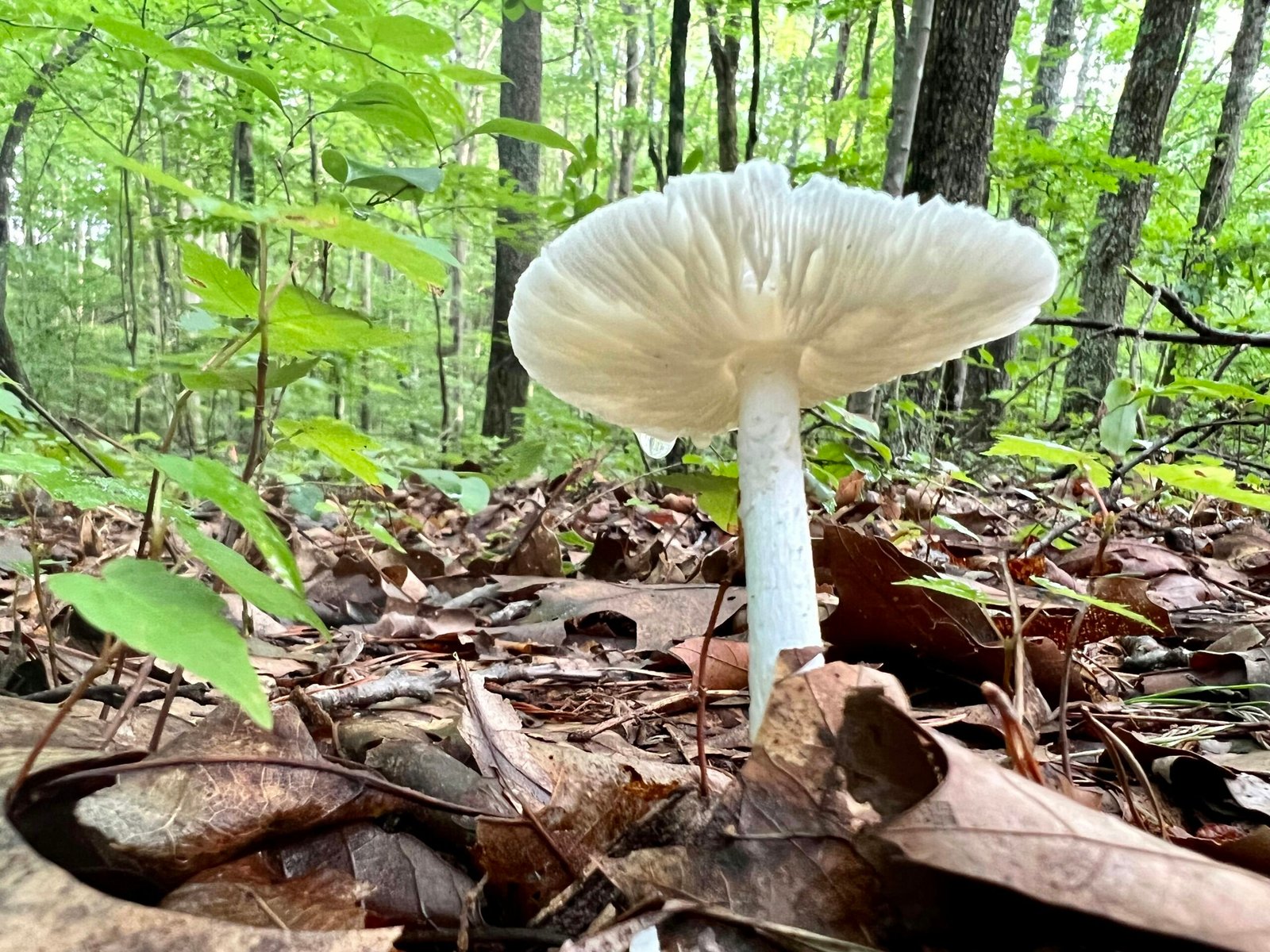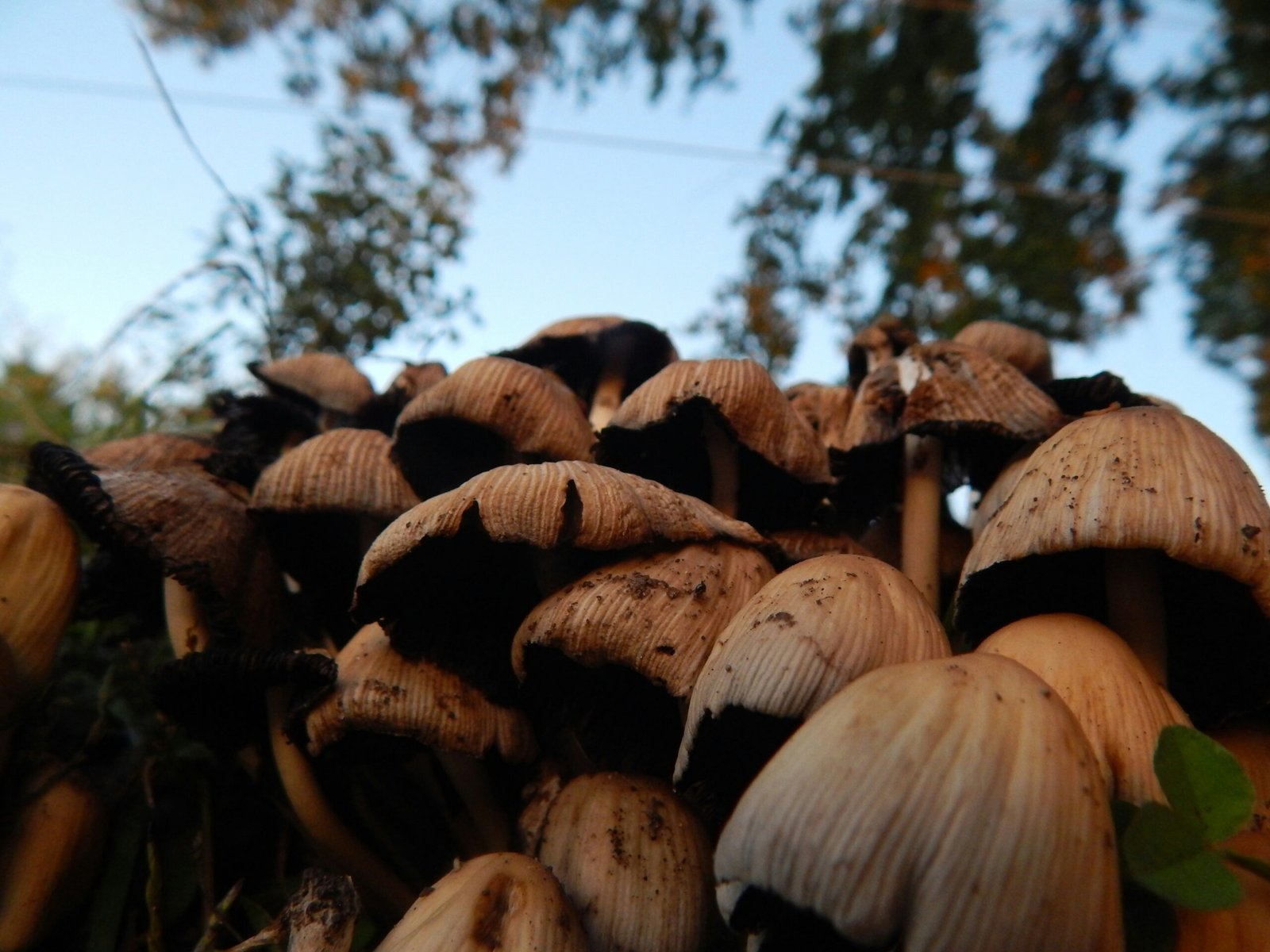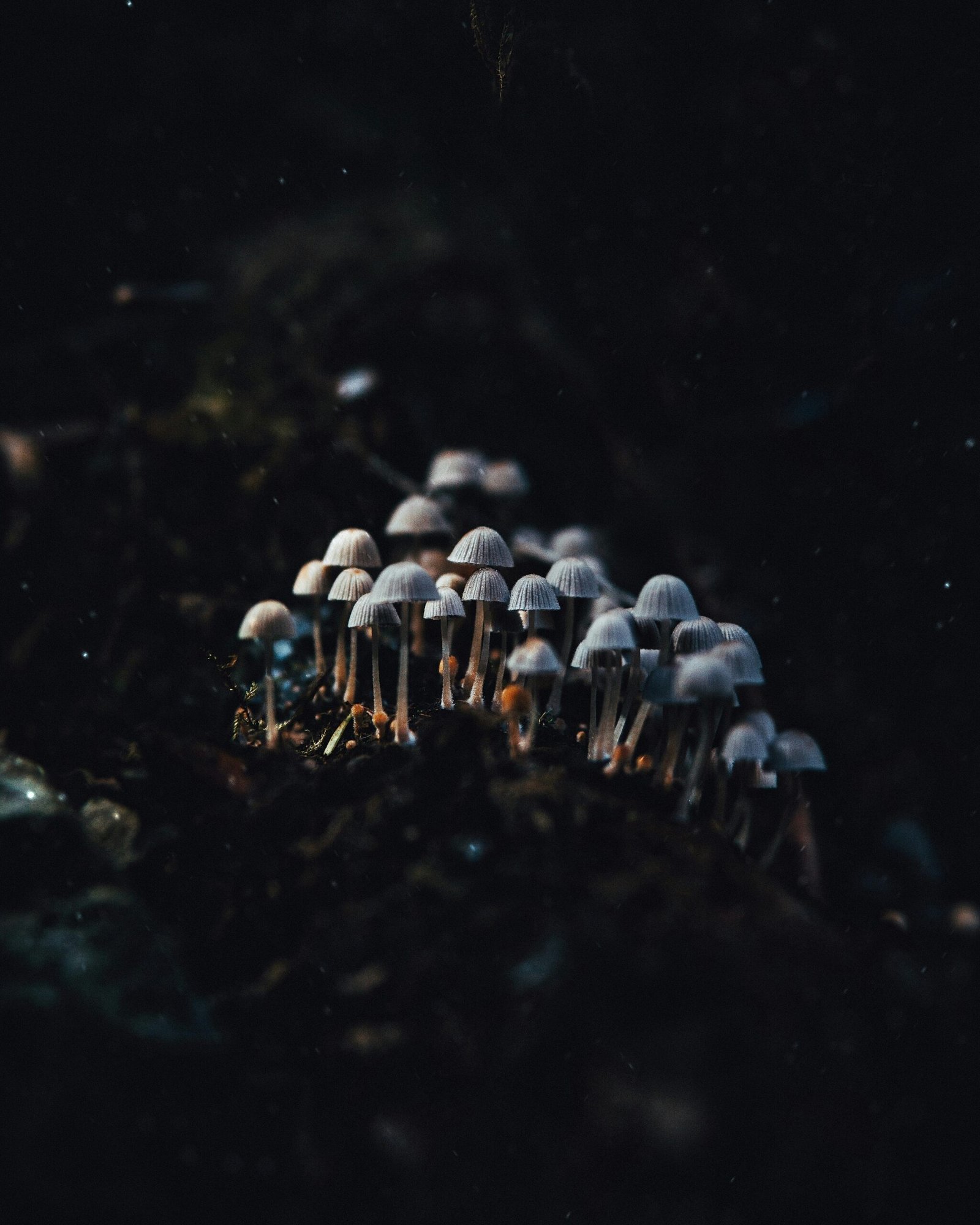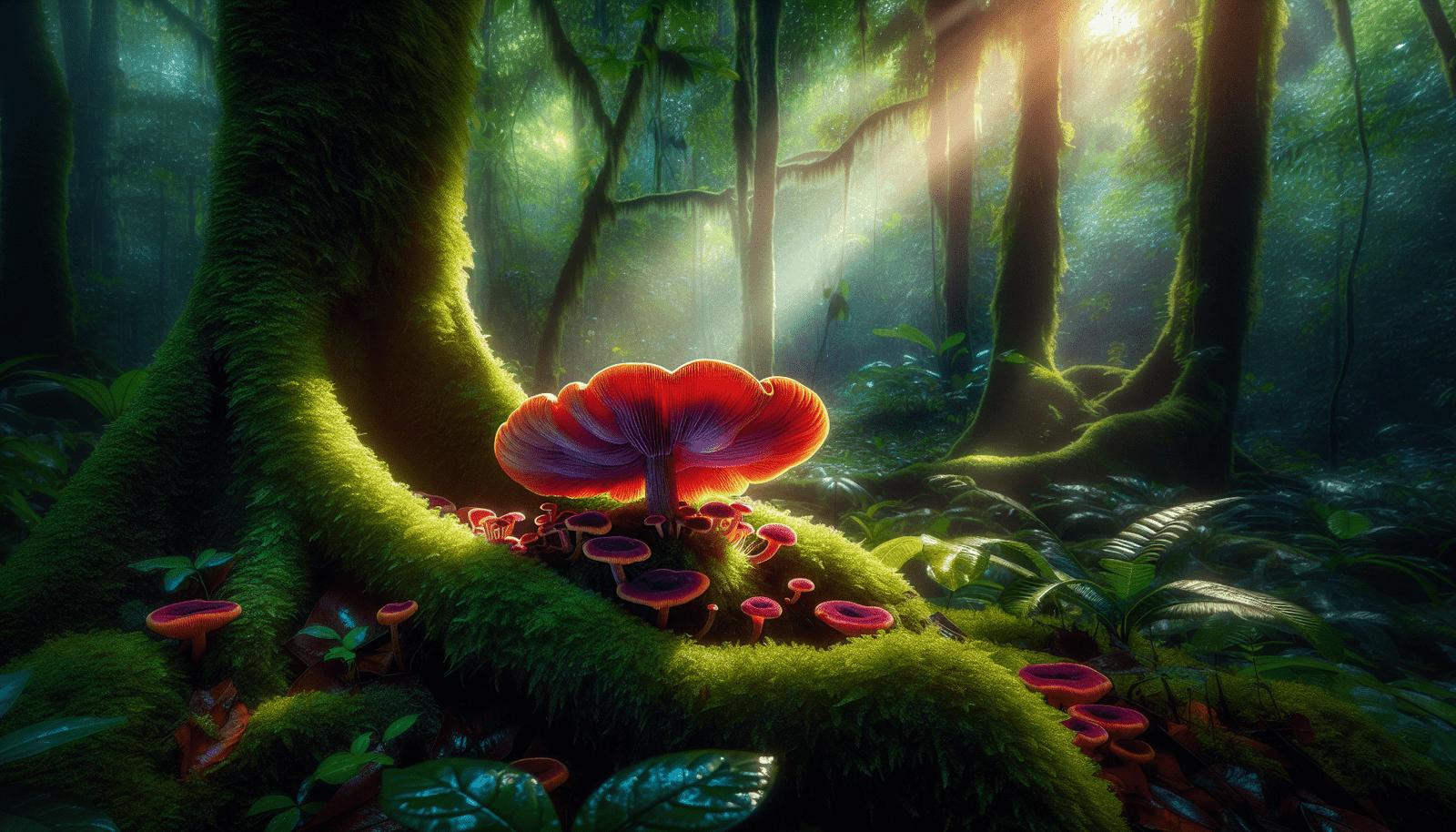Have you ever wondered where to find some of the most incredible, hidden spots for mushroom foraging in Central America? This region is a treasure trove for mycological enthusiasts thanks to its varied climates, lush forests, and rich biodiversity. Let’s take a journey through the secret mushroom foraging spots of Central America, revealing the locations, tips, and science behind successful foraging in this captivating region.

Regional Spotlights and Seasonal Guides
Costa Rica: Monteverde Cloud Forest Reserve
Located in the heart of Costa Rica, the Monteverde Cloud Forest Reserve is a haven for mushroom enthusiasts. The misty environment, combined with high humidity and dense vegetation, creates perfect conditions for fungal growth. The best time to forage here is during the rainy season from May to October. Expect to find diverse species like the bright Amanita muscaria and the unusual Clavulinopsis fusiformis.
Guatemala: Sierra de las Minas Biosphere Reserve
Sierra de las Minas is known for its stunning landscapes and rich biodiversity. This biosphere reserve offers ideal conditions for mushroom foraging during the wet season from June to November. Look out for the Laccaria bicolor and Pleurotus ostreatus, which are commonly found under its lush foliage.
Panama: Parque Nacional Volcán Barú
Volcán Barú National Park, located in Panama, offers a unique foraging experience thanks to its volcanic soil and diverse ecosystems. The best foraging season is during the wet months from April to December. Expect to find mushrooms like Hygrocybe conica and Cantharellus cibarius thriving amidst the park’s varied terrain.
Safety and Ethics of Foraging
Safe Identification Practices
Before setting out on your foraging adventure, it’s crucial to know how to safely identify different mushroom species. Misidentification can be dangerous, as some mushrooms can be toxic. Always carry a reliable field guide and consider using apps like iNaturalist for accurate identification. Pay attention to distinguishing features such as cap shape, gill attachment, and spore print color.
Ethical Harvesting Guidelines
Responsible foraging involves more than just identifying and picking mushrooms. Follow these guidelines to ensure you’re foraging ethically:
- Leave no trace: Pick mushrooms gently to avoid damaging the surrounding mycelium.
- Respect wildlife: Be mindful of the local fauna and avoid disturbing their habitat.
- Obey local laws: Different areas have specific regulations regarding foraging. Always seek permission or check local guidelines before setting out.
- Sustainable foraging: Only take what you need, leaving enough behind to ensure mushroom populations remain healthy.
Foraging Techniques and Tools
Essential Foraging Tools
When embarking on a foraging trip, having the right tools can make all the difference. Here’s a list of must-have items:
| Tool | Purpose |
|---|---|
| Basket | To carry mushrooms without damaging them. |
| Knife | For cleanly cutting mushrooms at the base. |
| Field guide | For accurate identification of mushroom species. |
| GPS or map | To navigate unfamiliar territory. |
| Camera | For documenting finds (useful for later identification and research). |
Effective Foraging Techniques
Maximize your foraging success with these tried-and-true techniques:
- Slow and steady: Walk slowly to spot mushrooms hidden among foliage.
- Look near trees: Many mushrooms form symbiotic relationships with specific tree species.
- Microhabitats: Check under logs, leaves, and in shaded, moist areas where mushrooms thrive.
Culinary and Medicinal Uses
Delicious Edibles
Central America’s wild mushrooms are not only a delight to forage but also a treat for the palate. Species like the Chanterelle (Cantharellus cibarius) and Oyster mushroom (Pleurotus ostreatus) are popular for their rich flavors. These mushrooms can be sautéed, added to soups, or used to flavor sauces, offering a delicious way to enjoy the fruits of your labor.
Traditional Medicinal Uses
Regions in Central America have rich traditions involving the medicinal use of mushrooms. For example, species like the Reishi mushroom (Ganoderma lucidum) are known for their immune-boosting properties and have been used in traditional medicine for centuries. These mushrooms are often brewed into teas or extracted into tinctures.

Community and Culture
Mushroom Foraging Festivals
Central America hosts several festivals celebrating the art of mushroom foraging. Events like the “Festival de las Setas” in Costa Rica bring together mycologists and enthusiasts to share knowledge and celebrate mushrooms through walks, workshops, and culinary demonstrations. These festivals are perfect for connecting with other foraging aficionados.
Foraging Groups and Workshops
Joining local foraging groups or workshops can enhance your experience and knowledge. These communal gatherings often involve guided foraging trips, making it easier to learn from experienced foragers and mycologists. Look for local meetups or organizations dedicated to mycology to get involved.
Conservation and Sustainability
The Role of Mushrooms in Ecosystems
Mushrooms play a crucial role in maintaining the health of ecosystems. They help decompose organic matter, recycle nutrients, and form symbiotic relationships with plants. Understanding this can foster a greater appreciation of their ecological importance and encourage sustainable foraging practices.
Sustainable Foraging Practices
Practicing sustainability is essential for preserving mushroom populations and the health of their habitats. Here are some tips to ensure your foraging activities are conscientious and sustainable:
- Minimal impact: Harvest mushrooms in a way that doesn’t harm the mycelium.
- Educate others: Spread awareness about the importance of sustainable practices.
- Participate in conservation efforts: Engage in local initiatives aimed at preserving natural habitats.

Engaging Narratives and Personal Stories
A Tale from Monteverde
Imagine walking through the misty trails of Monteverde Cloud Forest Reserve, the air thick with moisture and the ground alive with intricate fungal networks. Patricia, a seasoned forager, recounts her first experience here. “The forest felt ancient, and every step revealed something new. I remember finding my first Amanita muscaria under a giant strangler fig. That vivid red cap was like a beacon in the green gloom,” she recalls.
Discovering Sierra de las Minas
Juan, a local mycologist, shares his unforgettable encounter in the Sierra de las Minas Biosphere Reserve. “I stumbled upon a fallen log covered in bright green moss and noticed clusters of Pleurotus ostreatus peeking out. It was as if the forest was offering a gift,” he says. Such personal stories add a layer of magic to the experience, turning each foraging trip into a unique adventure.
Conclusion
The secret mushroom foraging spots in Central America offer a wealth of opportunities for those keen to explore the fascinating world of fungi. From the misty heights of Monteverde to the volcanic slopes of Volcán Barú, each location provides not only a unique foraging environment but also a chance to connect with nature in a profound way. By practicing safe, ethical, and sustainable foraging, you contribute to the conservation of these vital ecosystems, ensuring that their beauty and bounty can be enjoyed for generations to come.
Embark on your next foraging adventure with respect, curiosity, and an ever-growing sense of wonder. Armed with this guide, you’re well on your way to uncovering the hidden treasures of Central America’s mycological kingdom. Happy foraging!

